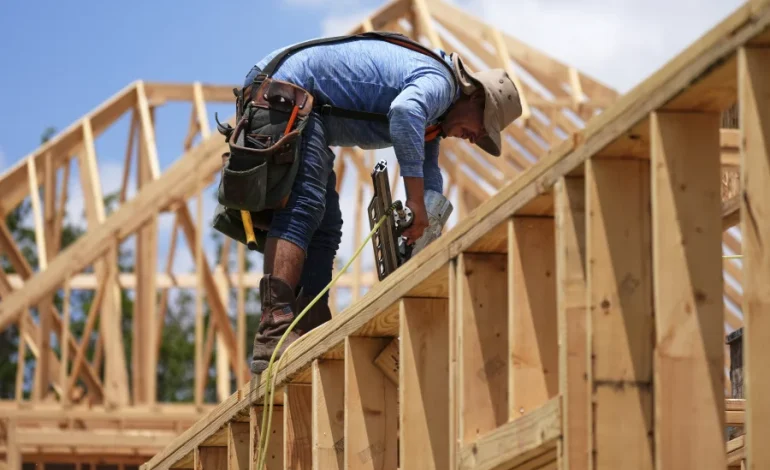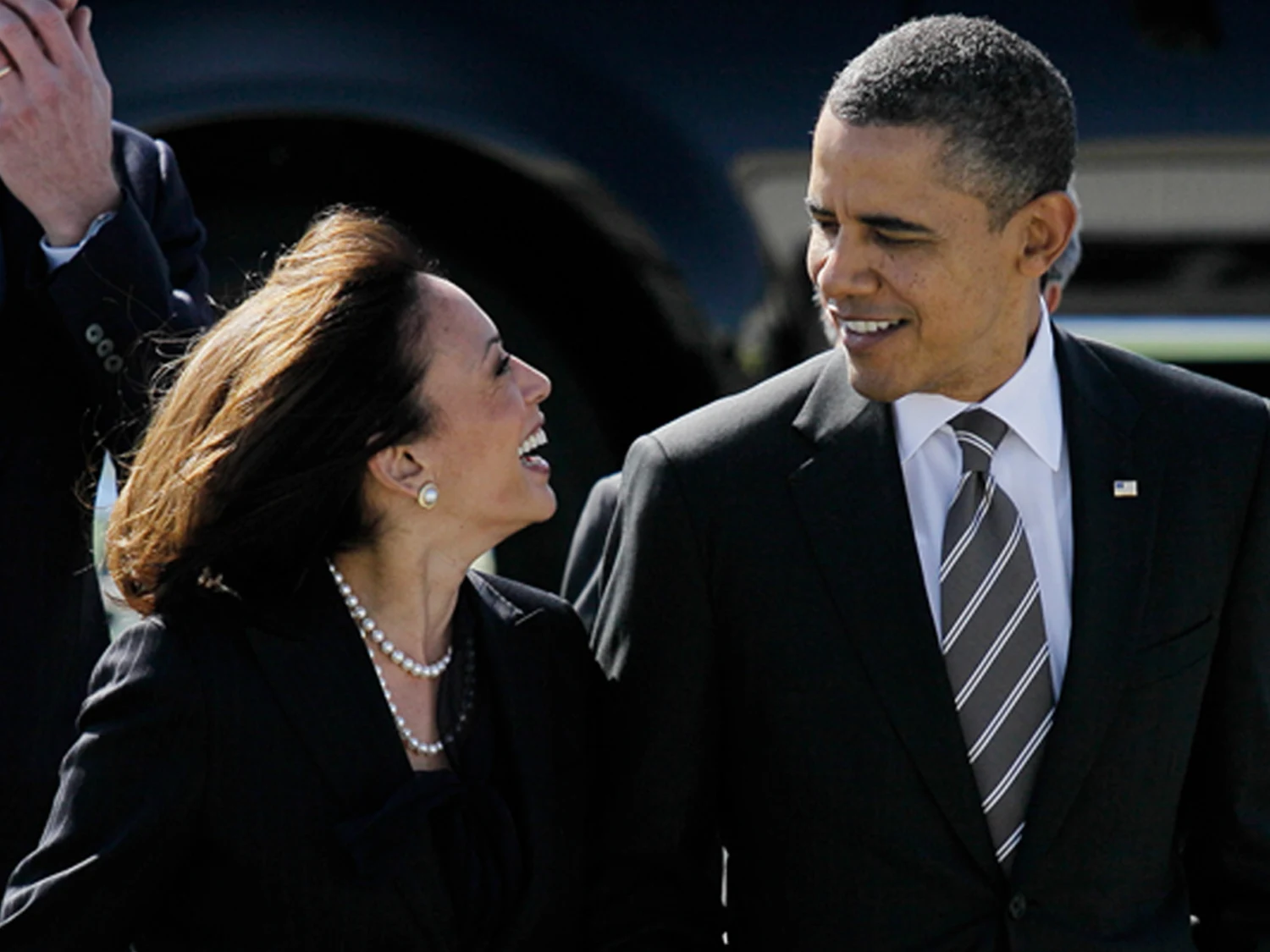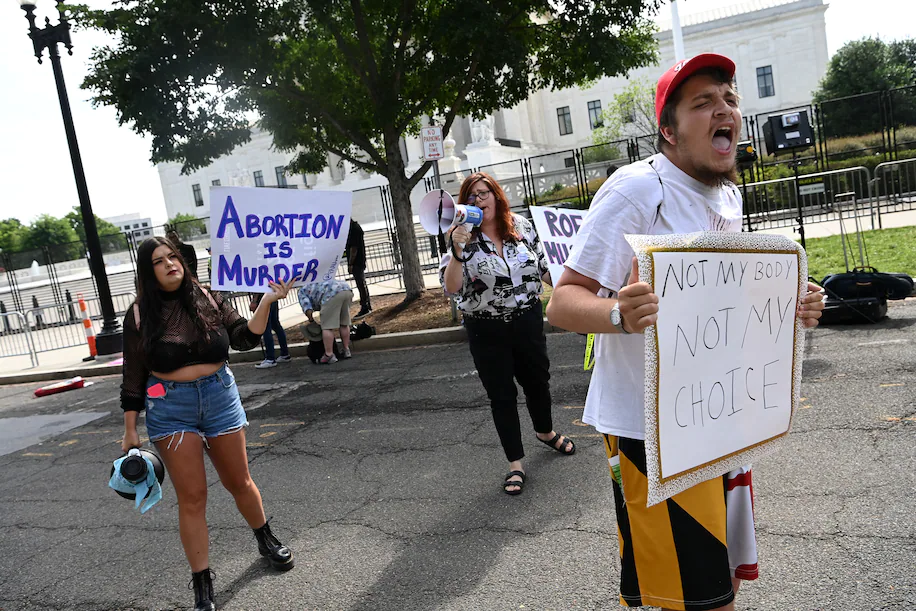The original story by Scott Neuman for NPR.
Under the roar of traffic on Washington’s Theodore Roosevelt Bridge, contractor Rurick Palomino points to where his 30-person crew is tearing out old concrete and pouring new — part of a $128 million, federally funded rehab. He’s got more work than people. A Peruvian immigrant who became a US citizen and built his firm from scratch, Palomino says he’s turning down projects because he can’t staff them.
“There’s plenty of work — mega-projects coming — but I’m afraid to take more because I don’t have the manpower.”
That shortage has been a chronic headache in construction, where roughly a third of workers are foreign-born. It’s getting worse as Immigration and Customs Enforcement steps up roadside checkpoints and worksite actions that spook not just undocumented laborers but green-card holders and citizens, too. Palomino says his crew has been stopped on the way to jobs; hours lost turned into missed milestones.
“People are scared,” he says.
Trade groups say the fear is showing up in the data. In a summer survey by the Associated General Contractors of America, 92% of firms struggled to hire. More than a quarter reported immigration actions hitting their job sites or subcontractors, with crews not showing or walking off mid-task — delays that ripple through schedules and inflate budgets. As AGC’s chief economist puts it, you can’t finish a building if no one shows up to put on the roof.
The enforcement push is broad. ICE has arrested workers near home-improvement parking lots in Los Angeles; agents nabbed more than 100 people at a Tallahassee site in June; others were detained in St. Paul. The Department of Homeland Security touts hundreds of thousands of deportations and “self-deportations.” The White House insists there’s no shortage of American hands and says removing unauthorized workers will open jobs for US-born employees.
On the ground, builders don’t buy it. Contractors from Austin to the Mid-Atlantic say there’s no reserve army of roofers, drywallers or floor installers waiting on the sidelines — especially with unemployment low and the trades’ reputation tarnished by years of stagnant pay and safety concerns. Union density has fallen from nearly 40% in the 1970s to just over 10% today, and even before the current crackdown, homebuilders complained they couldn’t hire fast enough. The result: fewer crews, slower timelines, pricier projects, and housing shortages that already run about 1.5 million units light.
The squeeze is most acute at the bottom rungs — stucco, drywall, roofing, painting — where immigrants dominate. Latino-owned firms are stripping logos off trucks to avoid attention. Documented workers are nervous they’ll be swept up anyway. And contractors like Palomino, who insist on verified paperwork to work federal jobs, are fishing from an even smaller pond.
Economists warn that mass removals won’t simply swap immigrant workers for native-born ones; they’ll also shrink firms and erase jobs up and down the supply chain. One estimate says deporting millions would knock more than 1.4 million construction workers out of the field and still leave a net loss of US-born jobs as projects stall or shut down.
Industry veterans argue the fix is straightforward, if politically thorny: make the trades more attractive with better pay, training and safety — and build legal, reliable pipelines for foreign labor. Until then, even well-run crews will keep losing days to checkpoints, rumors and raids.
“We can’t do what we do in this country without these people,” says Maryland contractor Kenny Mallick, who’s stepping back after three decades.
Palomino’s view is simpler. He came with one suitcase, he says, and now three families rely on his company’s paycheck. He just wants enough steady hands to finish the bridge — and not lose them to the next roadblock.










The latest news in your social feeds
Subscribe to our social media platforms to stay tuned